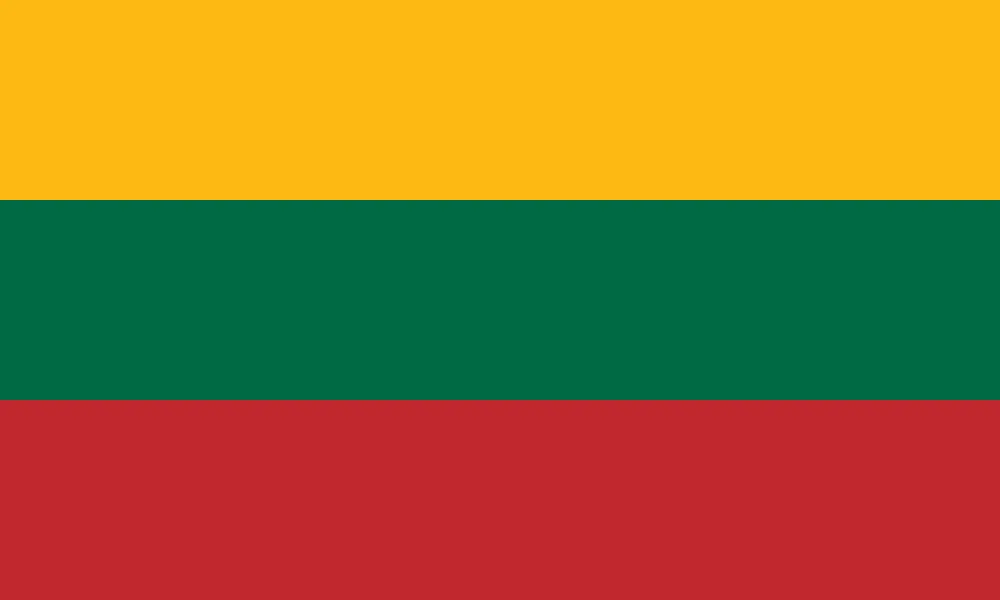Explore Lithuania: Tips on Driving, Safety, and Culture

The capital of Lithuania is Vilnius, known for its UNESCO-listed Old Town and baroque architecture.
Lithuania is part of the Schengen Area. EU, US, and Canadian citizens can visit visa-free for up to 90 days. Check with the Lithuania Government for specifics.
Lithuania uses the Euro (EUR). Coins come in 1, 2, 5, 10, 20, and 50 cents, and 1 and 2 euros; banknotes are 5, 10, 20, 50, 100, 200, and 500 euros.
Yes, Lithuania is very safe for tourists, with low crime rates. Petty theft can occur in crowded areas like Vilnius Old Town—stay vigilant.
The official language is Lithuanian. English is widely spoken in tourist areas, and many locals also speak Russian or Polish.
Lithuania is known for Vilnius Old Town (UNESCO site), the Curonian Spit, Trakai Castle, amber jewelry, and its basketball culture.
Summer (June-August) is ideal for warm weather and festivals, with temperatures around 20-25°C. Winter (December-February) is great for snowy landscapes and Christmas markets.
Lithuania is affordable compared to Western Europe. Budget travelers can manage on $50-70/day, though prices in Vilnius can be higher.
Yes, tap water in Lithuania is safe to drink, meeting EU standards. Bottled water is also widely available.
Top spots include Vilnius Old Town, Trakai Castle, the Curonian Spit, the Hill of Crosses, and Kaunas’ Ninth Fort.
Lithuania, a Baltic gem in Northern Europe, boasts a rich history and stunning landscapes. Its capital, Vilnius, features a UNESCO-listed Old Town. Highlights include the fairytale-like Trakai Castle, the sandy Curonian Spit, and the spiritual Hill of Crosses, blending culture and nature.
Vilnius International Airport (VNO) is the main gateway, with flights from major European cities like London, Paris, and Frankfurt. Kaunas (KUN) and Palanga (PLQ) also serve international routes.